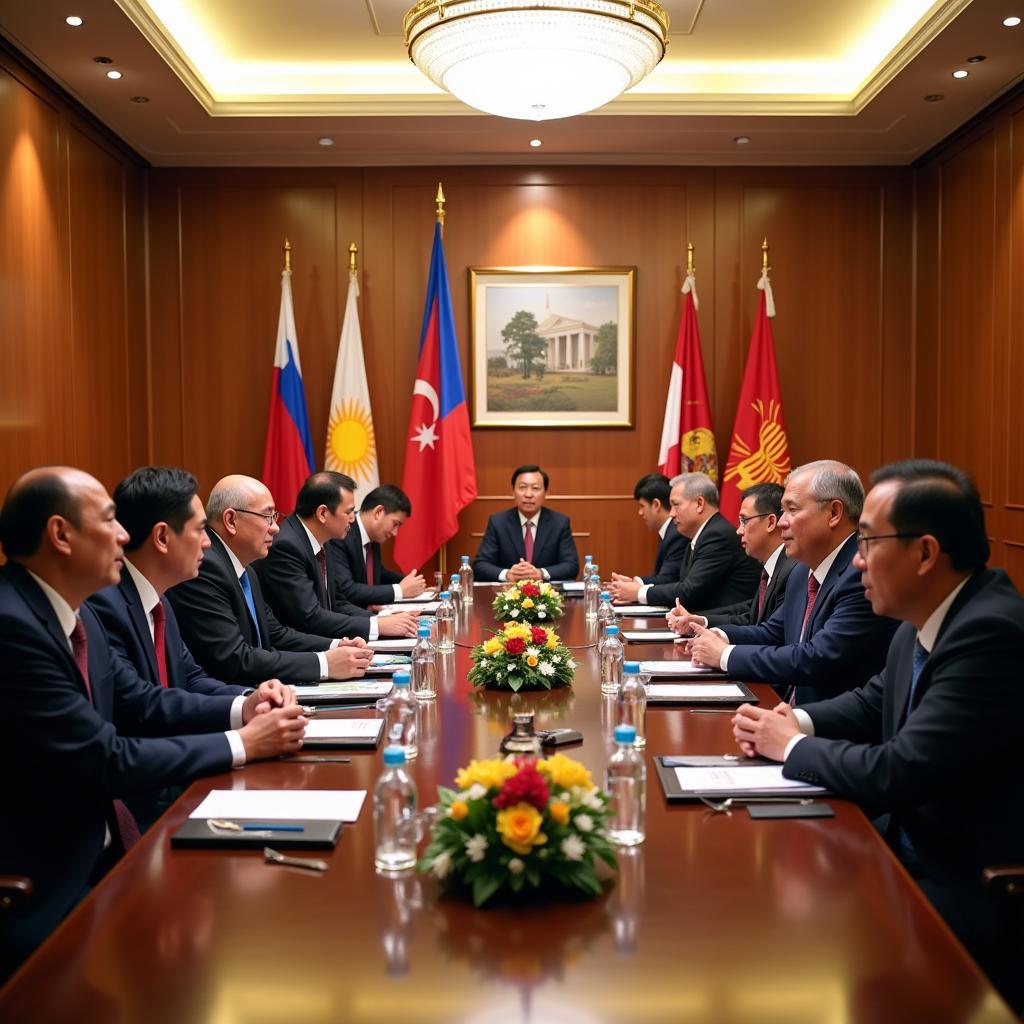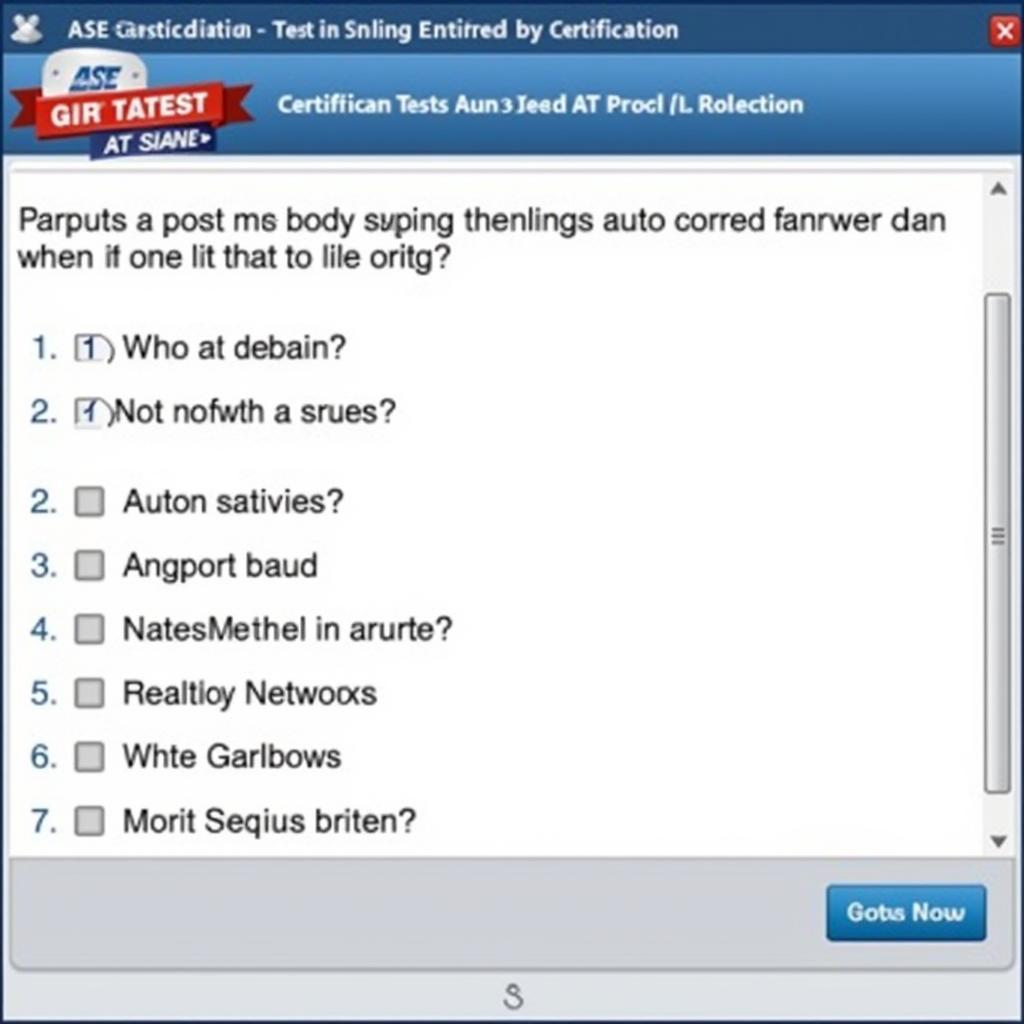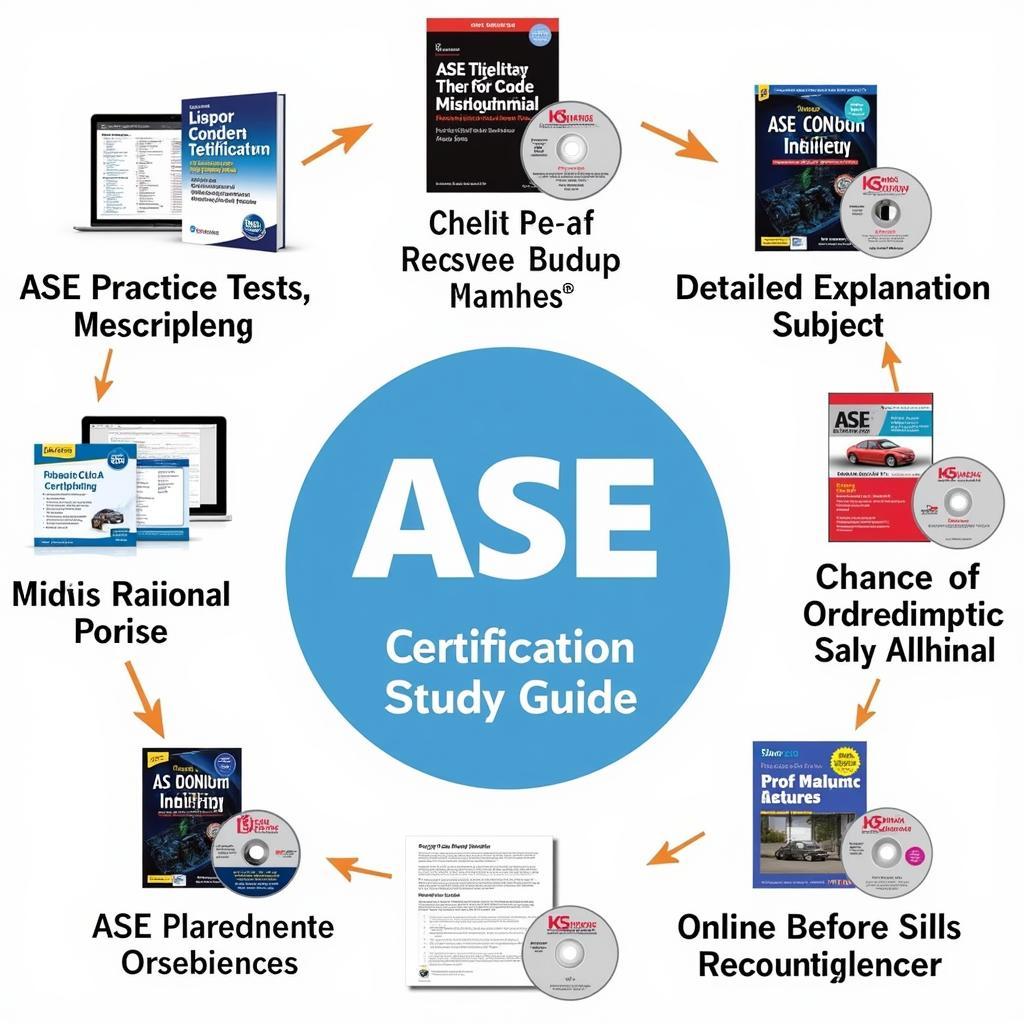ASEAN, the Association of Southeast Asian Nations, represents a diverse and dynamic region with a rich tapestry of cultures, languages, and histories. Whether you’re a student, a business professional, or simply curious about this fascinating part of the world, understanding ASEAN can be key to unlocking a world of opportunities. This guide will provide clear and concise answers to some of the most frequently asked questions about ASEAN, equipping you with the knowledge you need to navigate this exciting region.
 Map of ASEAN Countries with Flags
Map of ASEAN Countries with Flags
What is ASEAN?
The Association of Southeast Asian Nations, or ASEAN, is a regional intergovernmental organization comprising ten Southeast Asian countries. Established on 8 August 1967, by Indonesia, Malaysia, the Philippines, Singapore, and Thailand, ASEAN has since expanded to include Brunei, Cambodia, Laos, Myanmar, and Vietnam. The association promotes economic, political, security, military, educational, and socio-cultural cooperation among its members and with other global partners.
What are the Goals of ASEAN?
ASEAN’s primary goals are outlined in its founding document, the ASEAN Declaration (Bangkok Declaration). These goals include:
- Accelerating economic growth, social progress, and cultural development in the region.
- Promoting regional peace and stability through adherence to the principles of the United Nations Charter.
- Collaborating effectively for the mutual benefit of its members.
- Maintaining close and beneficial cooperation with existing international organizations with similar aims.
Why is ASEAN Important?
ASEAN plays a crucial role in the global landscape for several reasons:
- Economic Powerhouse: ASEAN has emerged as a major economic force, with a combined GDP exceeding US $3 trillion.
- Strategic Location: Situated at the crossroads of major shipping lanes, ASEAN occupies a strategically important position in global trade.
- Growing Middle Class: ASEAN boasts a rapidly growing middle class, presenting significant market opportunities for businesses worldwide.
- Regional Stability: ASEAN contributes to maintaining peace and stability in the region through dialogue and cooperation among its member states.
How Does ASEAN Impact Daily Life?
ASEAN’s initiatives have a tangible impact on the lives of people across Southeast Asia:
- Free Movement of People: ASEAN citizens enjoy visa-free travel to most member countries, facilitating tourism, business, and cultural exchange.
- Lower Tariffs: ASEAN’s free trade agreements have reduced tariffs on goods traded within the region, making products more affordable.
- Improved Connectivity: ASEAN promotes infrastructure development, such as the ASEAN Highway Network, enhancing connectivity and trade.
- Educational Opportunities: ASEAN scholarships and exchange programs provide students with opportunities to study abroad within the region.
 ASEAN Leaders at a Summit Meeting
ASEAN Leaders at a Summit Meeting
What are the Challenges Faced by ASEAN?
Despite its successes, ASEAN also faces several challenges:
- Economic Disparities: Significant economic disparities exist between member states, posing a challenge to equitable development.
- Territorial Disputes: Overlapping territorial claims in the South China Sea remain a source of tension within the region.
- Political Differences: Variations in political systems and levels of democracy among member states can create challenges for consensus-building.
- Non-Interference Principle: ASEAN’s principle of non-interference in the internal affairs of member states can sometimes hinder its ability to address human rights concerns.
How Can I Learn More about ASEAN?
Numerous resources are available for those seeking to deepen their understanding of ASEAN:
- The ASEAN Secretariat Website: https://asean.org/
- ASEAN Member State Embassies: Contact the embassy of the ASEAN country you are interested in learning more about.
- Academic Institutions: Many universities offer courses and research programs focused on ASEAN.
- Think Tanks and Research Organizations: Organizations like the Center for Strategic and International Studies (CSIS) and the Institute of Southeast Asian Studies (ISEAS) provide valuable insights into ASEAN.
ASEAN Question Answer: Exploring Further
This guide has provided a starting point for understanding ASEAN. However, the richness and complexity of Southeast Asia offer endless opportunities for further exploration. By engaging with the region’s history, culture, and contemporary issues, you can gain a deeper appreciation for ASEAN’s significance in the world today.
Do you have more questions about ASEAN? Contact us!
Phone Number: 0369020373
Email: aseanmediadirectory@gmail.com
Address: Thon Ngoc Lien, Hiep Hoa, Bac Giang, Vietnam.
Our dedicated team is available 24/7 to assist you with any inquiries you may have.

